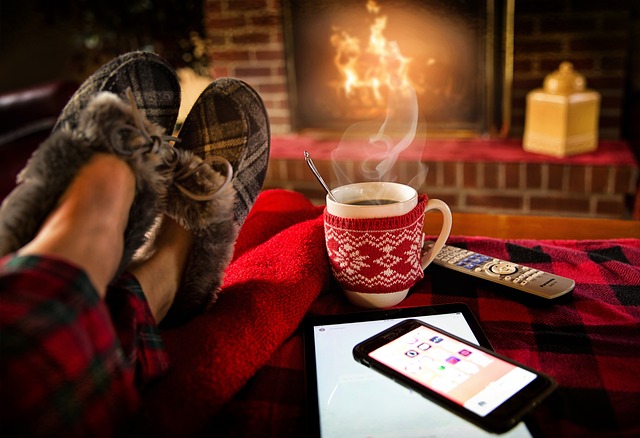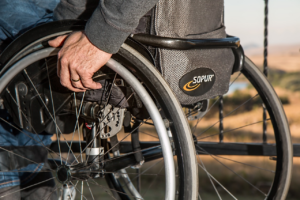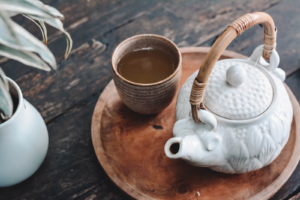
In this fast-paced, modern world, finding moments of relaxation and unwinding has become a precious commodity. The demands of work, family, and personal commitments can leave us feeling stressed and overwhelmed. However, it’s essential to prioritize self-care and discover practical techniques to relax and recharge. This article explores proven relaxation techniques, from mindfulness practices to deep breathing exercises. Additionally, it’ll delve into the world of massage chairs, examining how this innovative technology can enhance the relaxation experience. So, embark on a journey to learn the art of relaxation and discover a path to a calmer, more centered life.
The Role of Massage Chairs in Relaxation
In the quest for relaxation, the role of technology has become increasingly prominent. One such innovation that has recently gained popularity is the massage chair. These chairs are designed to mimic the techniques used by professional massage therapists, providing users with a convenient and accessible way to experience the benefits of massage in their homes. Explore the internet to find a website dedicated to massage chairs, and click here to get to know your options. Massage chairs offer a range of benefits for relaxation and well-being. These benefits include:
- Improved Circulation: The kneading and rolling motions of massage chairs can enhance blood circulation, reducing muscle tension and fostering a sense of vitality.
- Pain Relief: For individuals with chronic pain or discomfort, massage chairs can provide relief by targeting specific areas and alleviating tension.
Integrating a massage chair into your relaxation routine can enhance your overall well-being. Whether used as a daily ritual or a special treat during particularly stressful times, the convenience of a massage chair allows for consistent and accessible stress relief. Combine the use of a massage chair with other relaxation techniques to create a comprehensive and personalized approach to relaxation.
Mindfulness and Meditation Techniques
- Mindful Breathing: One of the most straightforward yet potent relaxation techniques is mindful breathing. Focusing on your breath can anchor you in the present moment and alleviate stress. Practice deep, diaphragmatic breathing, inhaling slowly through your nose, feeling your chest and abdomen expand, and exhaling through your mouth. This rhythmic breathing pattern helps activate the body’s relaxation response, promoting a sense of calm.
- Guided Imagery Meditation: Guided imagery meditation involves visualizing peaceful and serene scenes to relax the mind. Whether picturing a tranquil beach, a lush forest, or a calming mountain landscape, guided imagery transports you mentally to a place of tranquility. Numerous apps and online resources offer guided imagery sessions, making them accessible for beginners and experienced practitioners.
- Body Scan Meditation: Body scan meditation involves bringing awareness to different body parts, starting from your toes and working your way up to the top of your head. This technique helps release tension and promotes a sense of relaxation. As you focus on each body part, consciously release any tightness or stress you may be holding.
Relaxation Through Physical Activity
- Yoga and Stretching: Yoga and stretching exercises are excellent ways to release physical tension and promote relaxation. Incorporate a gentle yoga routine into your daily schedule or dedicate time to simple stretching exercises. This enhances flexibility and balance and encourages mindfulness as you connect with your body.
- Progressive Muscle Relaxation (PMR): PMR involves tensing and then gradually releasing different muscle groups in the body. By systematically tensing and relaxing muscles, you can become more aware of bodily sensations and alleviate physical tension. This technique is particularly effective for muscle tightness and stress-related physical discomfort.
- Aerobic Exercise: Engaging in aerobic activities like brisk walking, jogging, or cycling releases endorphins, the body’s natural stress relievers. Regular aerobic exercise improves physical health and contributes to mental well-being by reducing anxiety and promoting better sleep.
Creating a Relaxing Environment
- Aromatherapy: Consider incorporating aromatherapy using essential oils like lavender, chamomile, or eucalyptus. Diffusers or scented candles can create a soothing atmosphere, promoting relaxation and stress relief.
- Calming Music: Music can evoke various emotions, including relaxation. Create a playlist of calming and instrumental music to listen to during moments of stress. Whether it’s classical compositions, ambient sounds, or nature-inspired melodies, the right music can profoundly impact your mental state.
- Declutter Your Space: A clutter-free environment can contribute significantly to a sense of calm. Take the time to declutter your living and working spaces, creating an organized and peaceful atmosphere. This simple act can make a substantial difference in reducing stress and promoting relaxation.

The proven techniques explored in this article, from mindfulness and meditation to physical activity and creating a relaxing environment, offer diverse options to suit different preferences and lifestyles. Additionally, the incorporation of massage chairs provides a modern and technologically advanced approach to relaxation, bringing the benefits of massage therapy into the comfort of your home. By incorporating these techniques into your routine, you can cultivate a more relaxed and centered approach to life, managing stress and finding moments of tranquility even on the busiest of days. Experiment with different methods, personalize your relaxation routine and embrace the journey towards a calmer, more balanced existence.




